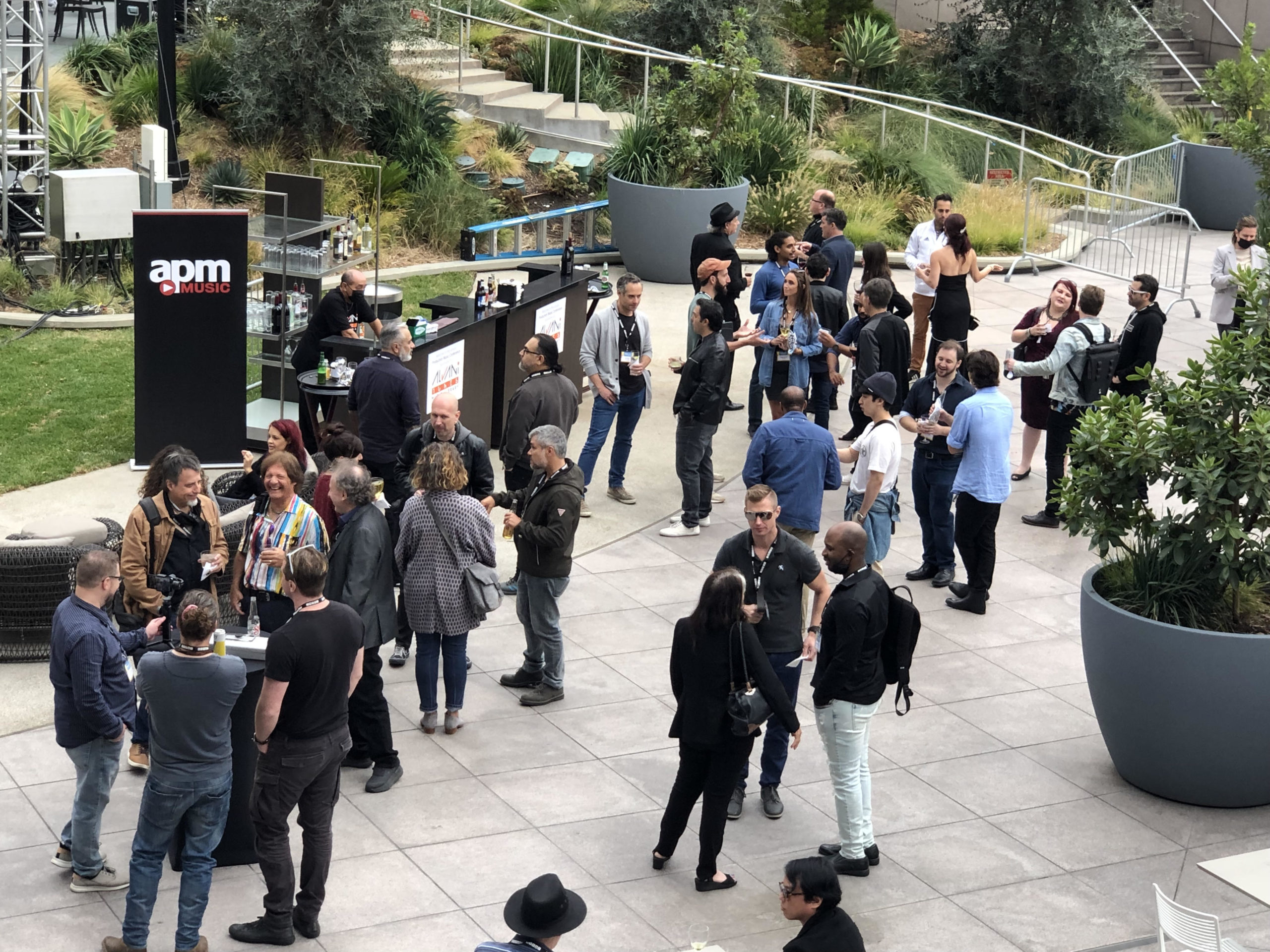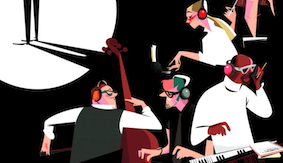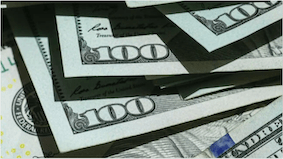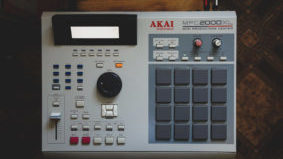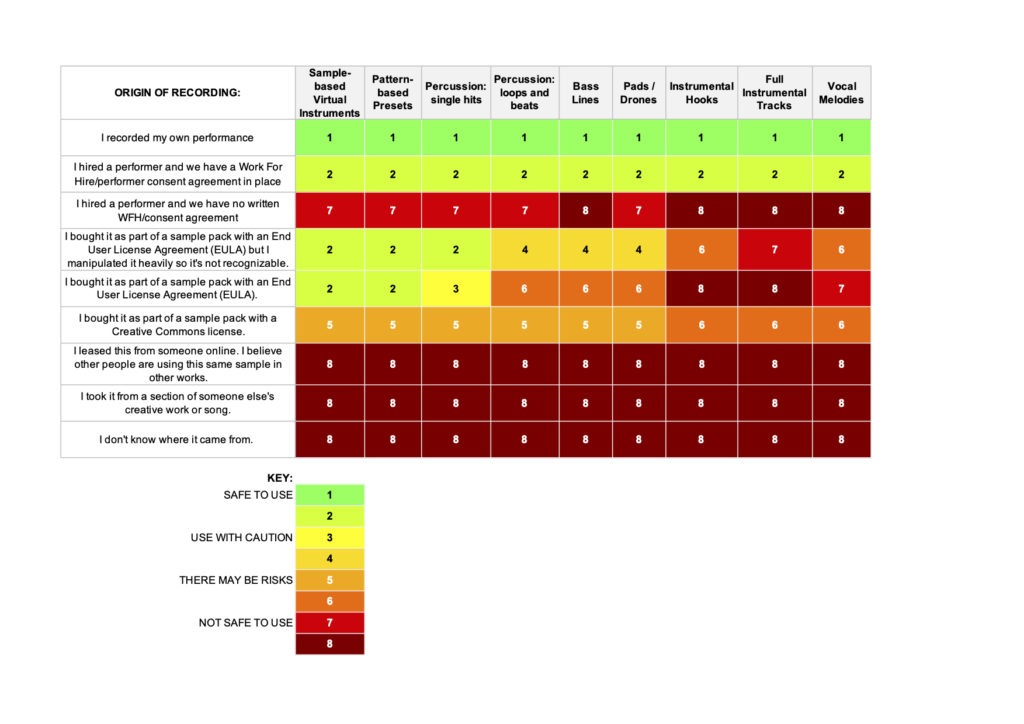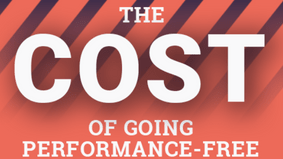The Production Music Association strongly condemns the abhorrent and inhumane Russian invasion of Ukraine. War has no place in this world, and we stand with the people of Ukraine as they so boldly and bravely fight back against this brutal attack on democracy and human rights.
Our hearts go out to our friends, colleagues, family, and community members that have been impacted by this war.
PMA Publisher Members below have made their catalogs (or portions of their catalogs) available on a gratis basis for licensing to Ukraine-related humanitarian/non-commercial productions. The following libraries can be contacted at the email address listed.
- APM Music – please contact Chad Elbert at celbert@apmmusic.com
- Konsonant Music – please contact Andrew Gross at andrew@konsonant.com
- BMG Production Music – please contact Darrel Shirk at darrel.shirk@bmg.com
- 11One Music – please contact Randy Wachtler at randy@11onemusic.com
- 4 Elements Music – please contact Akari Hashimura at akari@4elementsmusic.com
- VideoHelper – please contact Maura Murphy at maura@videohelper.com
- Howling Music – please contact David Grow at david@howlingmusic.com
- de Wolfe Music – please contact team@dewolfemusic.com
If there are any additional publishers within our community that are also offering catalog(s) for usage, please reach out to morgan@pmamusic.com so we can add you to this list.
Additional Resources to Help Ukraine (via ASCAP & CISCAC)
Donate to CISAC’s Fund for Ukrainian Creators
Want to support the people in Ukraine? Here’s how you can help (NPR)
Here’s how Americans can donate to help people in Ukraine (Washington Post)
How you can help Ukrainians (Vox)
Help Ukraine: Charities, record labels and campaigns you can support (MusicTech.com)


